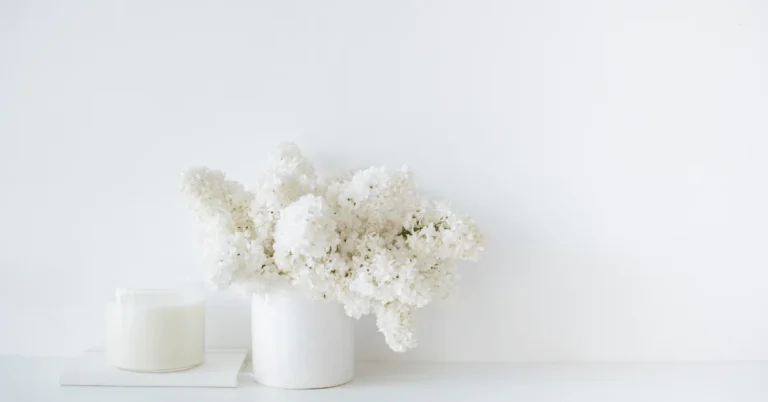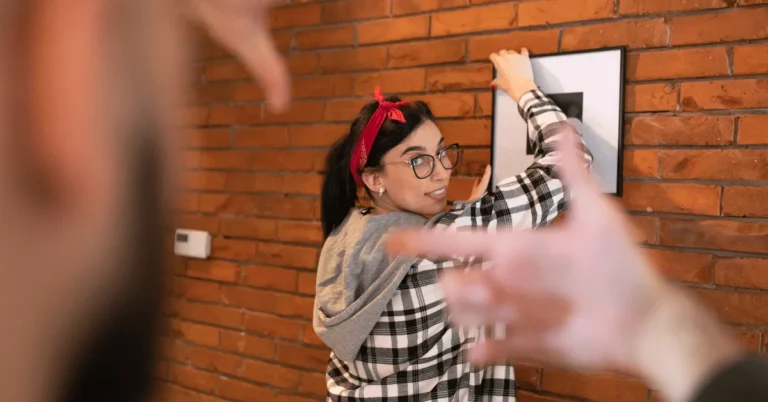Home Interior Decoration Cost (Some Best Answers)
Are you seeking to rejuvenate the appearance of your home with a modern touch? Perhaps you’ve been dreaming of a stylish living room or a cozy bedroom retreat. Whatever your vision may be, it’s important to consider the cost of home interior decoration.
In this article, we will explore the various factors that can influence the cost of transforming your living space, from the materials and furniture to the labor and design fees.
By understanding the different aspects involved in home interior decoration cost, you can better plan and budget for your dream home makeover. So, let’s dive in and discover how to create a beautiful space without breaking the bank.
Table of contents
- What is the average interior decoration cost?
- What is the cost of an interior designer?
- What factors affect the cost of interior decorations?
- What is the difference between interior designer and interior decorator?
- Should you DIY or hire a professional interior designer?
- How to find a budget friendly interior designer?
- FAQs
- Conclusion
What is the average interior decoration cost?
Are you contemplating a revitalizing makeover for your home? One of the first questions that may come to mind is, “What is the average interior decoration cost?” The answer depends on factors like your space size, design complexity, and material choices.
On average, interior decoration costs can range anywhere from $2,000 to $10,000 or more. Nevertheless, it’s crucial to note that this is merely a rough estimate. The precise cost will be influenced by your individual needs and preferences.
When determining the cost of interior decoration, it’s essential to consider the different elements involved.
These may include paint and wallpaper, furniture and accessories, lighting fixtures, window treatments, and flooring materials. Each of these components contributes to the overall cost of the project.
Another factor that can influence the cost is whether you decide to hire a professional interior decorator or take the DIY route.
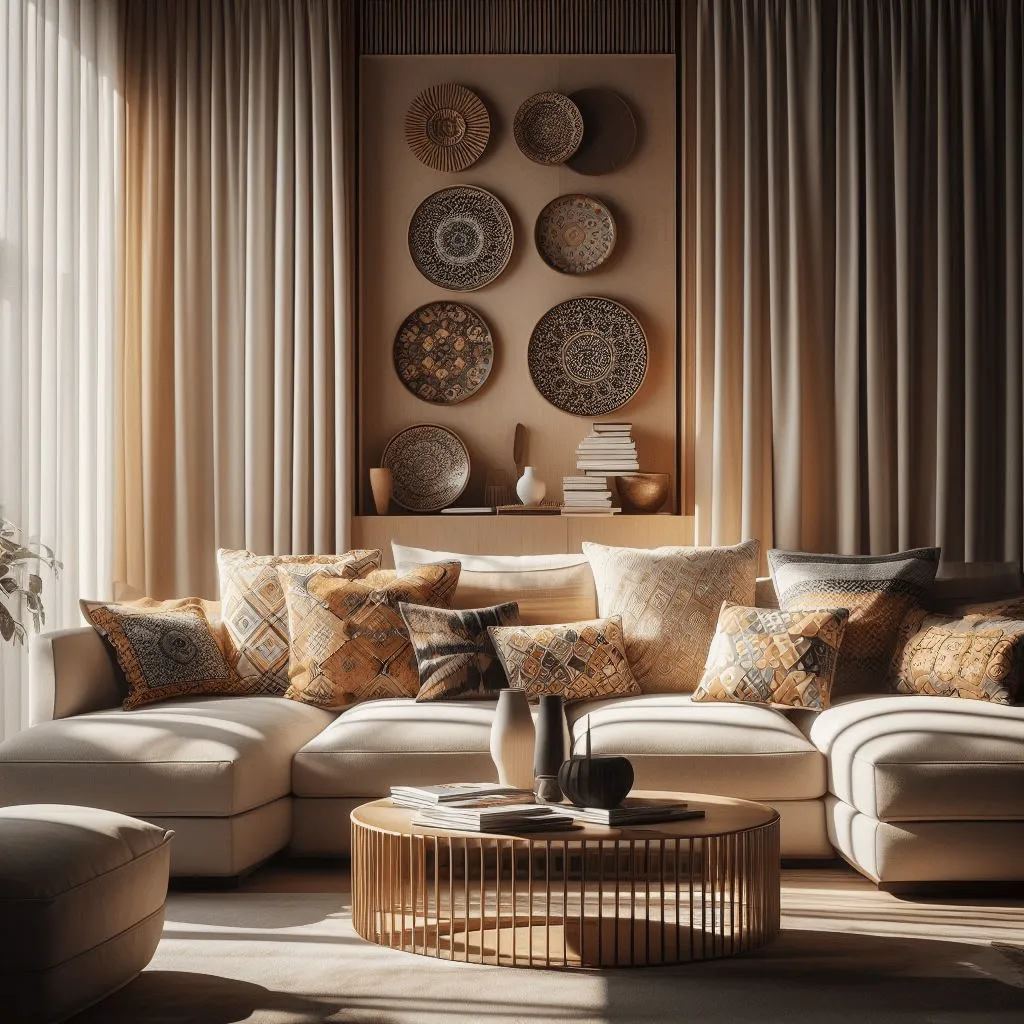
While hiring a professional can add to the expenses, their expertise and knowledge can help you achieve the desired results and save you time and effort in the long run.
Keep in mind that the average interior decoration cost mentioned earlier is just a starting point. It’s always a good idea to consult with a few professionals and get multiple quotes to get a better understanding of the costs involved in your specific project.
Remember, interior decoration is an investment in your home’s aesthetics and functionality. By carefully planning and budgeting, you can create a beautiful and personalized space that reflects your style and enhances your daily life.
What is the cost of an interior designer?
When it comes to creating a beautiful and functional space, hiring an interior designer can make all the difference.
But what exactly is the cost of an interior designer? Let’s delve into the factors that influence pricing and explore the value that an interior designer brings to your project.
The Scope of Your Project
The cost of an interior designer can vary depending on the scope of your project. Are you looking for a complete overhaul of your space or just a few tweaks? The complexity and size of the project will play a role in determining the cost.
Experience and Expertise
Like any professional service, the cost of an interior designer can also be influenced by their experience and expertise.
Seasoned designers with a proven track record may charge higher fees, but their wealth of knowledge and creativity can be worth the investment.
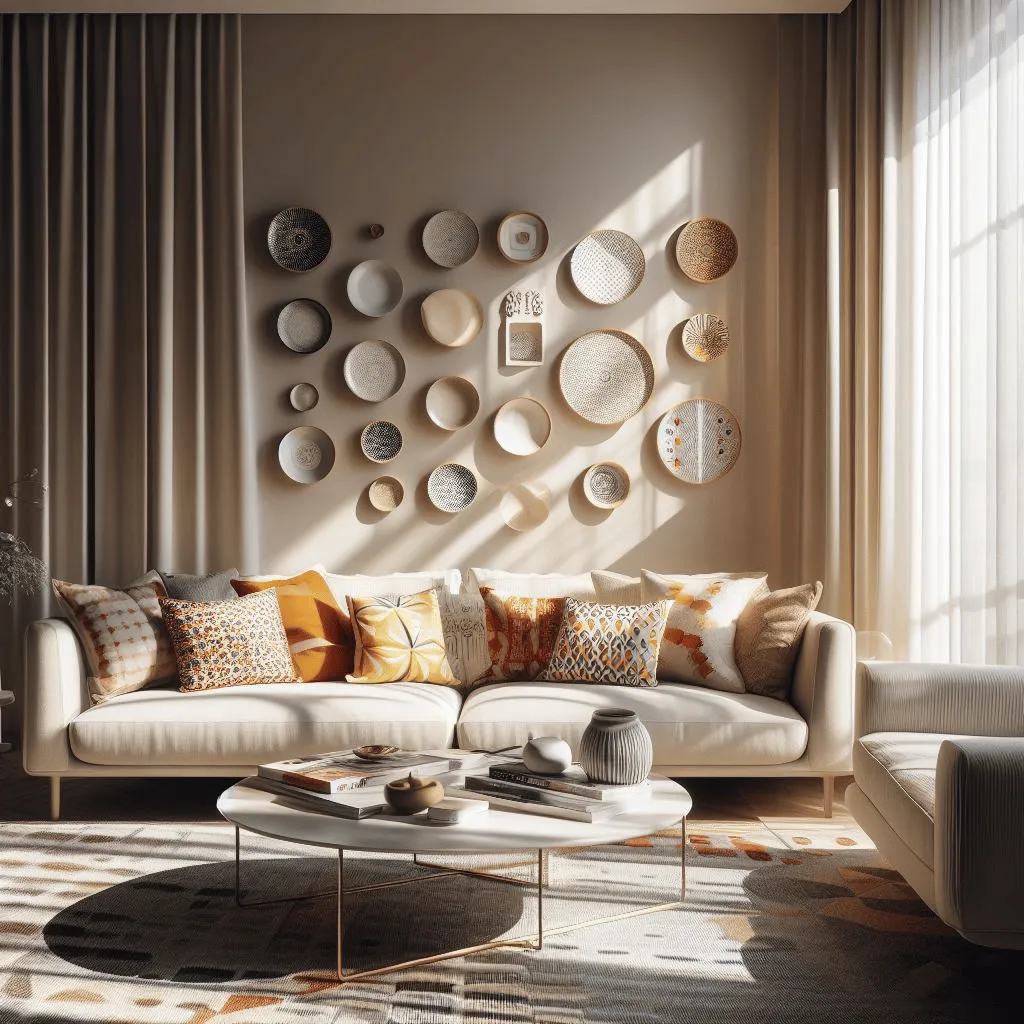
Location
Where you live can also impact the cost of an interior designer. Rates may vary depending on the local market and cost of living. Designers in urban areas may charge more compared to those in smaller towns.
Services Provided
Interior designers offer a range of services, from consultations and space planning to full project management and purchasing.
The cost will depend on the specific services you require. Some designers charge an hourly fee, while others may work on a flat rate or a percentage of the total project cost.
Value for Your Investment
While the cost of an interior designer may seem like an additional expense, it is important to consider the value they bring to your project.
A skilled designer can help you avoid costly mistakes, maximize your space, and create a cohesive and aesthetically pleasing environment that reflects your personal style.
What factors affect the cost of interior decorations?
When it comes to transforming the look and feel of your home, interior decorations play a vital role. From choosing the right color palette to selecting the perfect furniture pieces, every decision contributes to the overall aesthetic appeal.
However, one crucial aspect that often comes into consideration is the cost. Understanding the factors that affect the cost of interior decorations can help you plan your budget effectively and make informed decisions.
1. Scope of the Project
The cost can vary significantly based on the size and intricacy of the project. Larger spaces or rooms with intricate architectural details may require more materials, labor, and time, leading to higher expenses.
2. Materials and Finishes
The choice of materials and finishes can greatly influence the overall cost. High-quality materials, such as hardwood flooring or custom-made furniture, tend to be more expensive than their alternatives.
Additionally, luxurious finishes, like marble countertops or designer wallpapers, can also add to the overall expenses.
3. Design Complexity
The complexity of the design and the level of customization required can affect the cost. Intricate designs, unique patterns, and custom-built elements often involve additional time and expertise, resulting in higher prices.

4. Furniture and Accessories
The selection of furniture and accessories plays a crucial role in interior decoration. Opting for high-end, designer pieces or unique, one-of-a-kind items can significantly increase the cost.
Additionally, the quantity and quality of accessories, such as artwork, lighting fixtures, and decorative accents, can also impact the overall budget.
5. Professional Services
Hiring professionals, such as interior designers or contractors, can add to the cost of interior decorations.
Their expertise, experience, and level of involvement in the project can vary, resulting in different price ranges. However, their guidance can help you achieve the desired outcome efficiently and effectively.
By considering these factors, you can gain a better understanding of the cost implications associated with your interior decoration project.
Remember, it’s essential to strike a balance between your budget and your design aspirations, ensuring that you create a space that reflects your personal style and meets your functional needs.
What is the difference between interior designer and interior decorator?
When it comes to transforming your living space, you may have heard the terms “interior designer” and “interior decorator” used interchangeably.
While both professionals play a crucial role in enhancing the aesthetics and functionality of your home, there are distinct differences between the two.
To help you understand the nuances, here’s a breakdown of the key differences between an interior designer and an interior decorator:
Difference between interior designer and interior decorator
| Interior Designer | Interior Decorator |
|---|---|
| An interior designer is a trained professional who possesses a formal education in design and has a deep understanding of space planning, color theory, and architectural elements. | An interior decorator focuses on the aesthetic aspects of a space, such as selecting furniture, fabrics, and decorative elements to create a cohesive and visually appealing look. |
| Interior designers work closely with architects and contractors to ensure that the structural elements of a space are functional and meet the client’s needs. | Interior decorators primarily work with existing structures and focus on enhancing the visual appeal through the selection of furnishings, accessories, and color schemes. |
| They have the expertise to create detailed floor plans, recommend structural modifications, and coordinate with contractors during the renovation or construction process. | Interior decorators excel in selecting and arranging furniture, choosing paint colors, and curating accessories to create a cohesive and stylish space. |
| Interior designers often have a broader scope of work, including designing entire homes, offices, or commercial spaces, and may be involved in the project from start to finish. | Interior decorators typically focus on smaller-scale projects, such as individual rooms or specific areas within a home, and are primarily concerned with the aesthetics. |
While both interior designers and interior decorators play essential roles in creating beautiful and functional spaces, understanding their differences can help you decide which professional is the best fit for your specific needs.
Whether you require a complete redesign or simply want to refresh the look of a room, consulting with an interior designer or an interior decorator will ensure that your vision is brought to life.

Should you DIY or hire a professional interior designer?
When it comes to transforming your home, the question of whether to take on the project yourself or hire a professional interior designer is a common dilemma.
Both options have their merits, and the decision ultimately depends on your budget, time, and level of expertise.
DIY: Do It Yourself
Many homeowners are drawn to the idea of DIY projects as a way to save money and add a personal touch to their spaces. DIY allows you to have full control over the design process and can be a rewarding experience.
However, it’s important to consider your skill level and the complexity of the project. Simple tasks like painting walls or rearranging furniture can be easily accomplished by most people, but more intricate projects may require specialized knowledge and tools.
Hiring a Professional Interior Designer
Bringing in a professional interior designer can be a game-changer for your home. Designers have a trained eye for detail, access to resources, and the ability to create cohesive and functional spaces.
They can help you navigate through the overwhelming choices and ensure that your vision is brought to life. Additionally, hiring a professional saves you time and stress, as they handle all the logistics and coordination.
The Difference: DIY vs. Hiring a Professional
| DIY | Hiring a Professional |
|---|---|
| Cost-effective | Expertise and experience |
| Personal touch | Access to resources |
| Flexibility | Time-saving |
Ultimately, the decision between DIY and hiring a professional interior designer depends on your specific needs and circumstances.
If you have the time, skills, and passion for design, DIY can be a fulfilling option. However, if you want a polished and professional result without the stress and hassle, hiring a professional is the way to go.
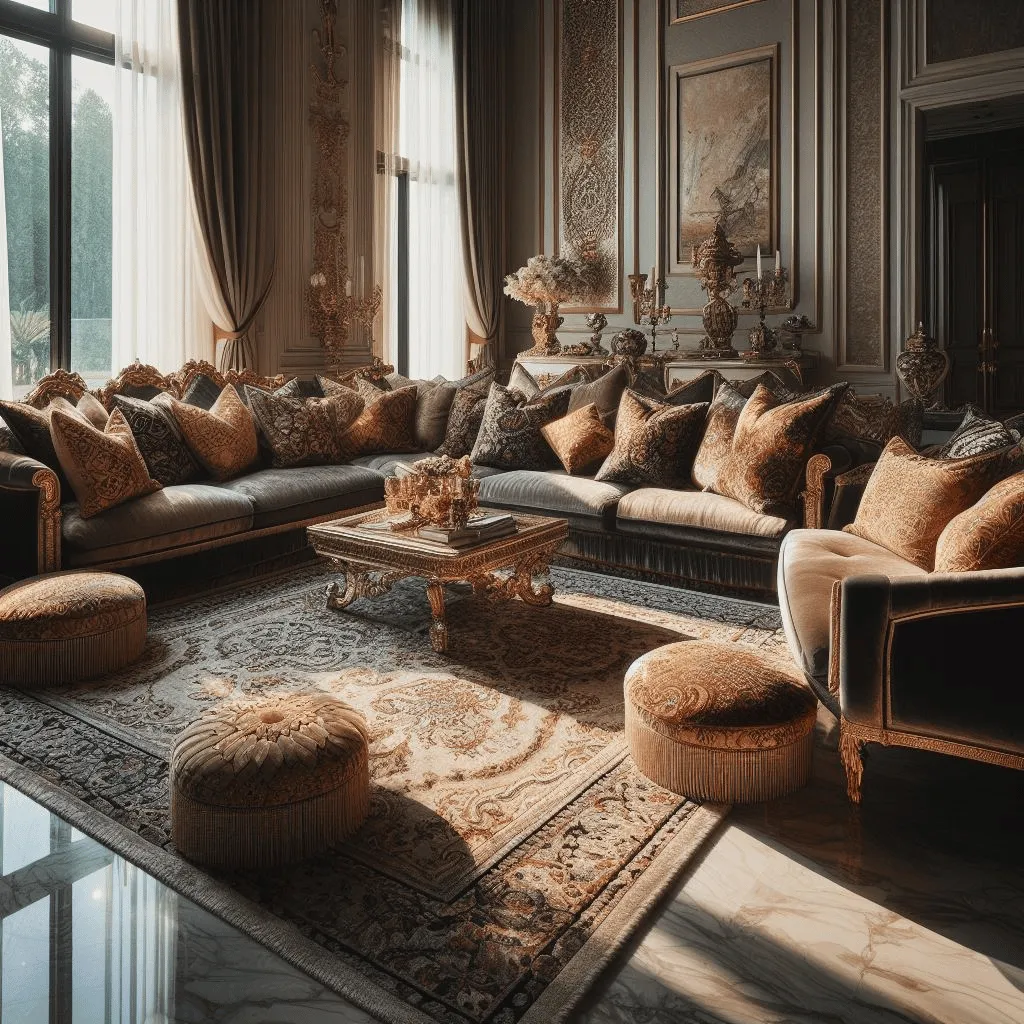
How to find a budget friendly interior designer?
Are you looking to spruce up your living space but worried about the cost of hiring an interior designer?
Don’t fret! With a little research and creativity, you can find a budget-friendly interior designer who can transform your home without breaking the bank.
Here are a few tips to help you find the perfect interior designer within your budget:
Tips to help you find the perfect interior designer
- Do your homework: Start by researching interior designers in your area. Look for reviews, portfolios, and testimonials to get a sense of their style and expertise. Websites like Houzz and Homify can be great resources to browse through different designers’ work.
- Set a budget: Determine how much you are willing to spend on your interior design project. Having a clear budget in mind will help you narrow down your options and find a designer who can work within your financial constraints.
- Get quotes: Reach out to multiple designers and ask for quotes based on your project requirements. This provides you with an insight into the overall expenses, enabling you to make informed comparisons between various prices and services.
- Consider alternative options: Don’t limit yourself to traditional interior designers. Look for design students or freelancers who may offer their services at a lower cost. You can find talented individuals on platforms like Upwork or Fiverr.
- Ask for recommendations: Reach out to friends, family, or colleagues who have recently worked with interior designers. They may be able to recommend someone who fits your budget and style preferences.
Remember, finding a budget-friendly interior designer doesn’t mean compromising on quality. By following these tips and exploring different options, you can find a talented professional who can bring your design vision to life without breaking the bank.
| Traditional Interior Designer | Design Student/Freelancer |
|---|---|
| Higher cost | Lower cost |
| Extensive experience | Potential for fresh and innovative ideas |
| Established reputation | Opportunity to support emerging talent |
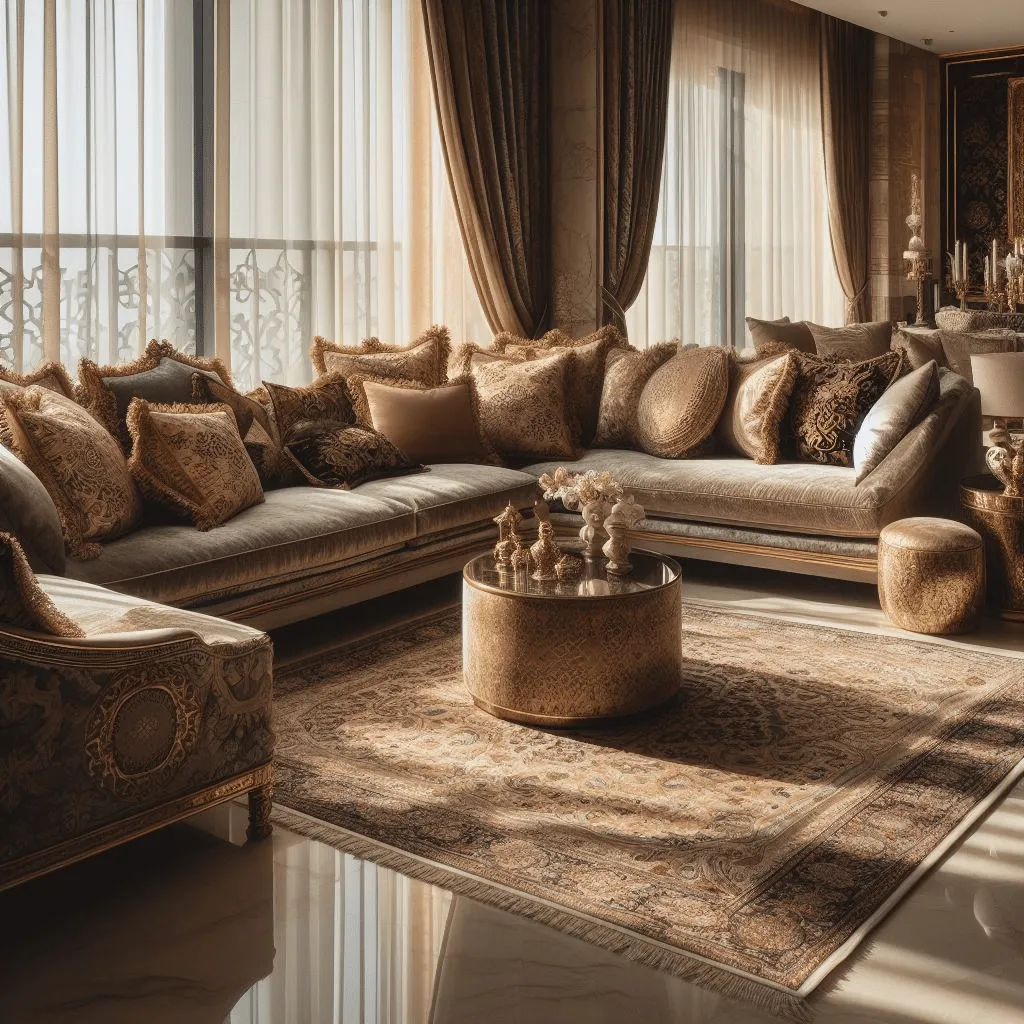
FAQs
The average cost of interior decoration can vary based on factors such as the size of the space, design complexity, and materials chosen.
Generally, it ranges from $2,000 to $10,000 or more. It’s crucial to consider specific needs and preferences when determining the actual cost.
Hiring a professional interior designer may increase expenses, but their expertise can save time and effort.
Factors influencing the cost include the scope of the project, the designer’s experience, location, and the services provided. Consulting multiple professionals for quotes is advisable for a better understanding of project costs.
Several factors affect the cost of interior decorations, including the scope and complexity of the project, choice of materials and finishes, design intricacy, selection of furniture and accessories, and the involvement of professional services like interior designers or contractors. Understanding these factors helps in effective budget planning.
Interior designers focus on both aesthetics and functionality, working with architects and contractors.
They have formal education in design and can handle projects from start to finish. Interior decorators concentrate on visual aspects, enhancing existing structures through furniture, fabrics, and color schemes, typically for smaller-scale projects.
The decision between DIY and hiring a professional depends on factors like budget, time, and expertise. DIY projects offer a personal touch and cost-effectiveness, but complex tasks may require specialized knowledge.
Hiring a professional ensures expertise, access to resources, and a polished result, saving time and reducing stress.
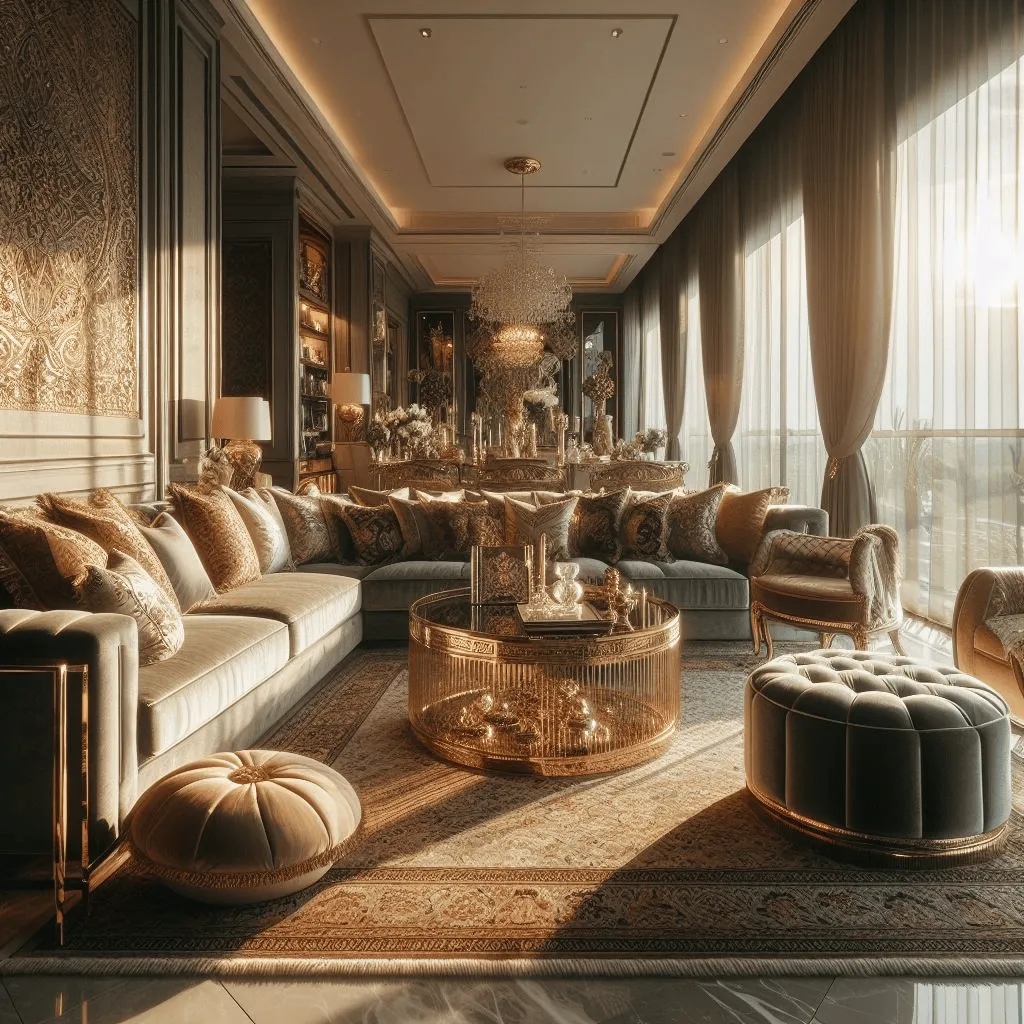
Conclusion
Transforming your home’s interior involves various considerations, from budgeting and design complexity to the decision of DIY or hiring a professional.
By understanding the factors influencing costs and the differences between interior designers and decorators, you can make informed decisions to create a beautiful and functional living space that aligns with your vision and budget.
Read More




